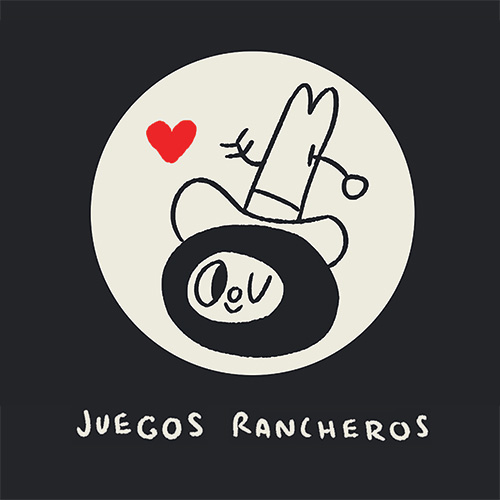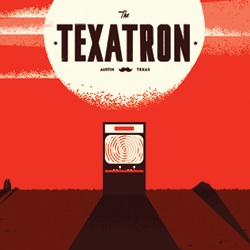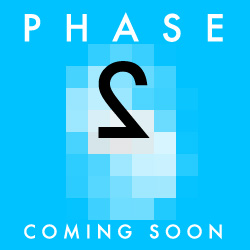INDIE GAMES SUMMIT: 2D BOY/POLYTRON’S TOP 10 WAYS TO MARKET YOUR INDIE GAME
As two of indie gaming’s best known figures (least of all for their consecutive Indie Games Fest wins), 2D Boy‘s Kyle Gabler and Polytron head/Fez creator Phil Fish kicked off the second day of the Independent Games Summit with a tag-team session on how other aspiring devs can smartly promote both themselves and their games.
Quick facts from Gabler: Valve’s Left 4 Dead marketing budget was $10 million, Spore‘s $35 million (compared to its $50 million development budget) and Wii Fit‘s was $40 million, a figure Gabler reckoned could buy 21,917 indie devs a burrito every day for a year.
What to do with World of Goo‘s marketing budget of zero, then? Three quick tips from Gabler’s “self promotion jelly bag”: absolutely run a blog, enter the IGF, Penny Arcade, and as many other indie competitions as you can, and rather than paying a marketing firm to measure how well word is spreading around the net on your game, set up a Google Alert.
#10: Do PR, not marketing
“Get yourself out there as much as your game,” the duo said. “Marketing is mostly bullshit: lies, statues as EB Games of your game characters.” Don’t spend money buying banners or google ads, talk to people: talk to blogs, do interviews/podcasts, all things that are free and get you insane exposure, they advised.
#9: Learn how the press works
Where the traditional media operates on a cycle of company announcements, first game announcements, first screenshots, etc., there are a number of sites (say, for example, Offworld.com) that actually care about and want to be interested in your game, and word from those blogs trickles up to more mainstream outlets, though, paradoxically, it’s the biggest outlets (the CNNs and the like) that drive the least amount of traffic your way.
#8: Make a good trailer
This is a good trailer. It’s 2009 and we have no idea if the game exists, and it doesn’t even really matter.
#7: Journalists are humans, too
Be friends with them, because friends help friends. Fish gave 1UP a thumbstick with exclusive direct footage of Fez‘s debut, which fostered a beneficial mutual relationship: “throw them a bone: they want to help you, and they understand you have no money.”
#6: Your game actually matters
Speaking from their experience with large companies, marketing people traditionally look down at developers because they make licensed products and are therefore irrelevant because the games could sell on their license alone.
For example, Ubisoft employed friends of Fish’s working on Splinter Cell 4 were especially proud of a level where Sam Fisher was jailed and had to escape with no gadgets or weapons. One of the marketing team took a screenshot from the level and photoshopped in a knife in his hand, which was released to the press. When the horrified team complained that there were no weapons in the level, the marketer said, “well, there is now.”
For better or worse, as an indie, you can’t rely on any of that, your game “has to be easy to describe and easy to love,” like Jon Mak’s Everyday Shooter and its instantly recognizable hook as “an album of shooters.”
On the other hand, “don’t be a dick,” said Fish. “It’s nice to find a way to be engaging, but show respect, don’t treat everybody like you’re letting them in on your secret. Be nice.”
#5: It goes both ways
When Gabler noted that everybody in the press were using the same nearly identical screenshot from the early demo of World of Goo, he realized it was because none of the other levels had that same visual appeal and included more character-based elements elsewhere in the game — subsequently, the coverage diversified and showed off more of the game than just one of its earliest levels.
#4: Participate in the community
This one’s simple: go to GDC, Global Game Jam, IGDA, Pecha Kucha, Barcamp, speak everywhere.
#3: A PR crisis is good for business
When the PC port of Xbox Live Arcade hit Braid was announced for PC at a price $5 higher than its XBLA counterpart, the internet “set on fire” because of that price discrepancy and kicked off a wave of promotion about the game. When creator Jon Blow made the decision five days later to lower the price, it kicked off a second wave.
Gabler saw similar results with an early round of European press when it was announced that World of Goo would be released as a retail game in the region rather than a WiiWare downloadable, and got the same second round of “redemption” press when they reversed the decision.
#2: Manage your hype
Essentially, said Fish, “don’t show stuff too early.”
With Spore, he said, everybody remembers the amazing 2005 demo, the game looked finished and everyone wanted it then, but in the intervening three years until its actual release, the hype surrounding the game took on impossible to meet expectations.
The same went for Fez, which saw a small backlash after he showed off its newly updated artwork following its IGF debut.
And finally:
#1: Wear silly hats
“Be lovable as an indie,” said Fish. The IGF site still uses a photo of him in his trademark fez, Crayon Physics creator Petri Purho went to magician school, Flashbang’s Steve and Matt are the mommy and daddy of the indie scene, etc.
The human interest story is important to the press, and indie developers, especially small/one-person teams, are in the unique position of strongly playing that angle.
See more posts about: Offworld Originals, Polytron






